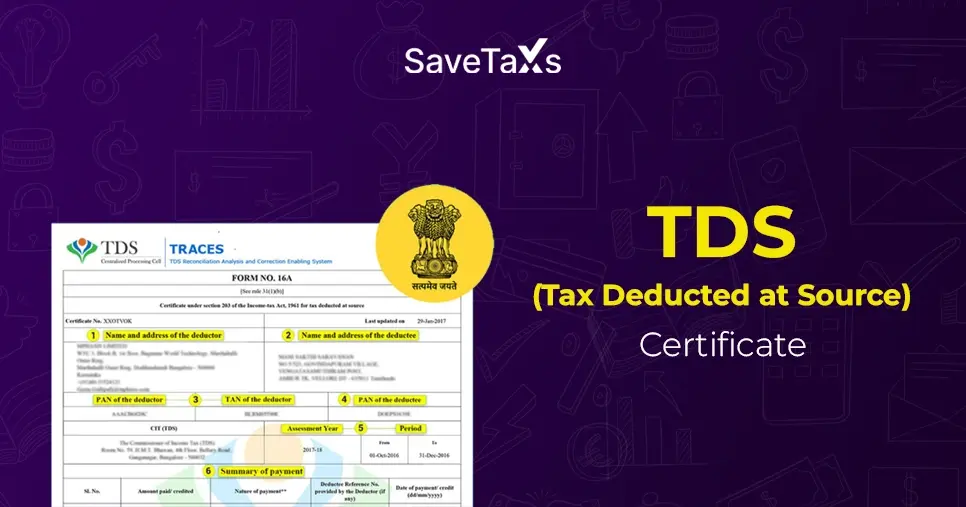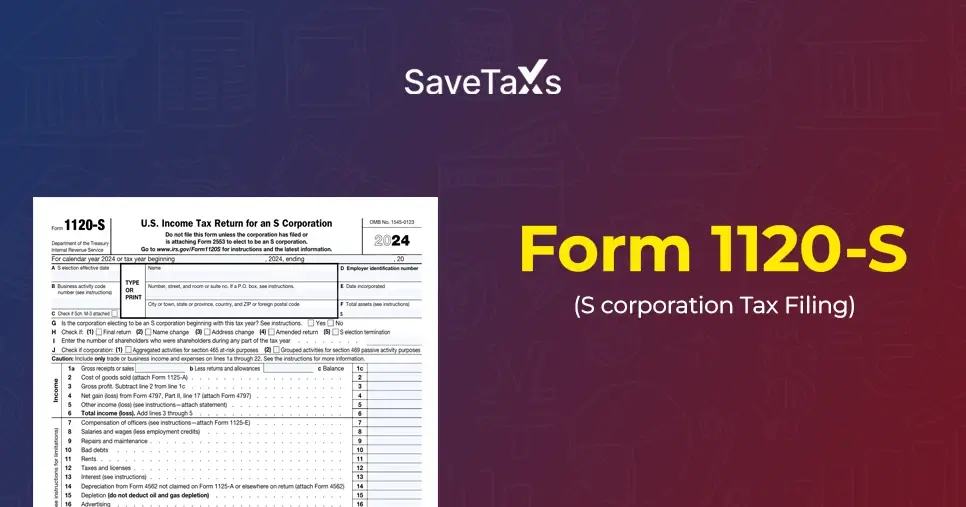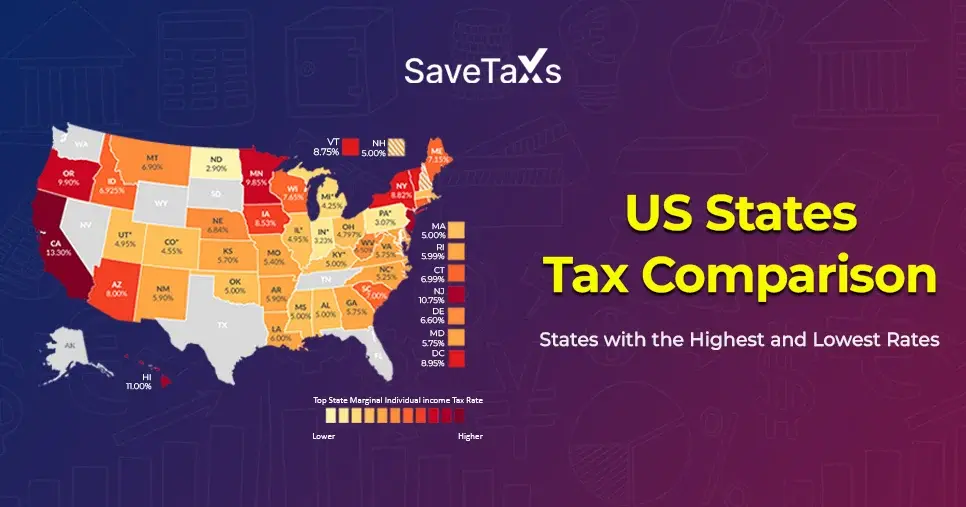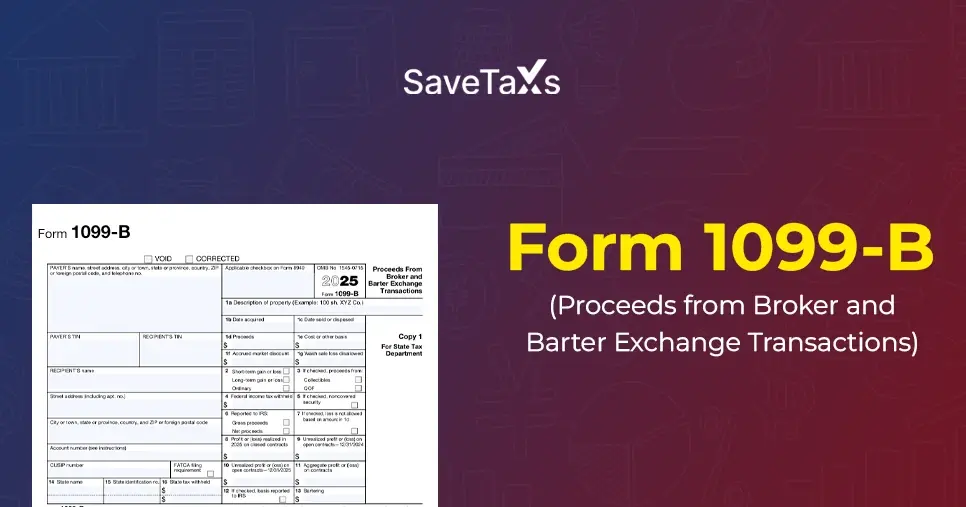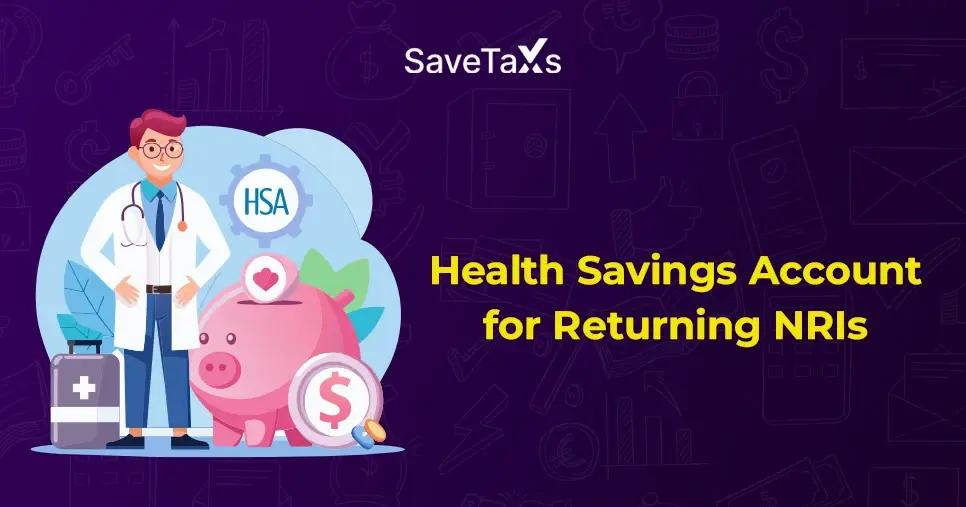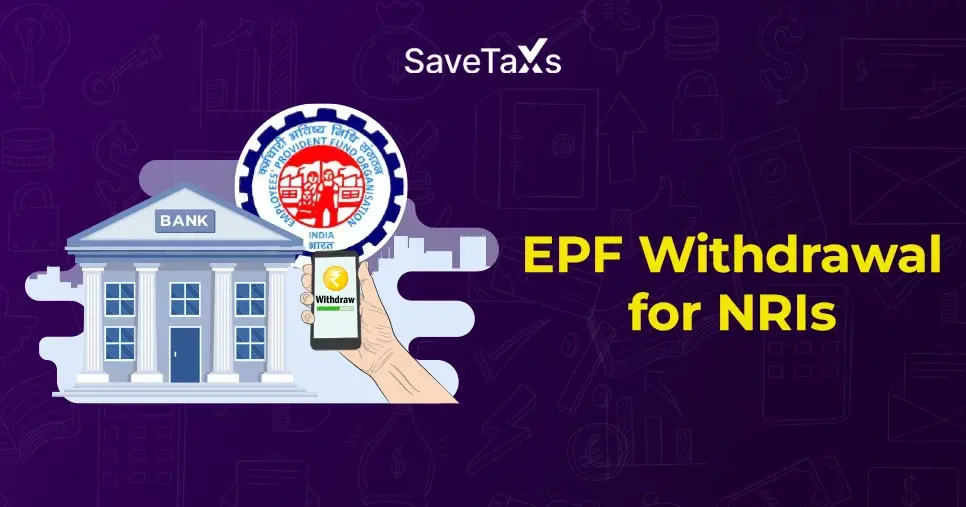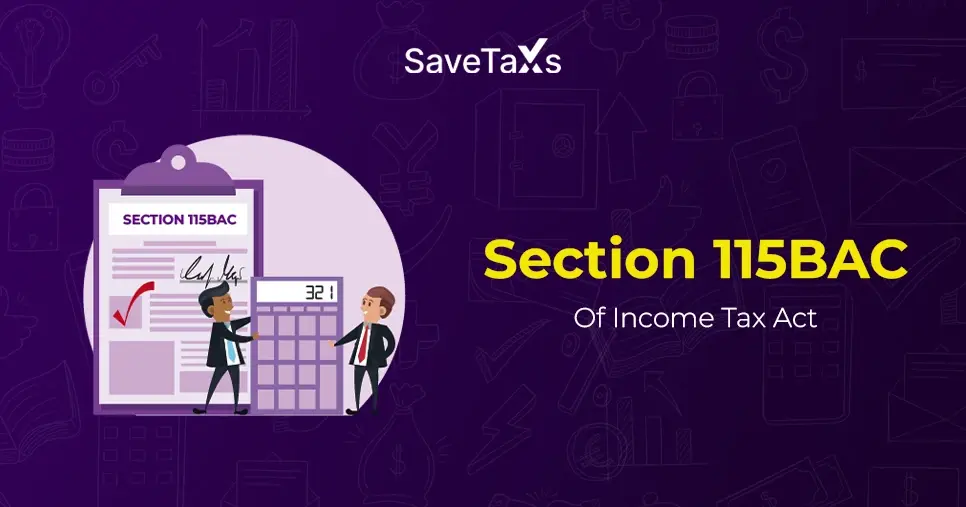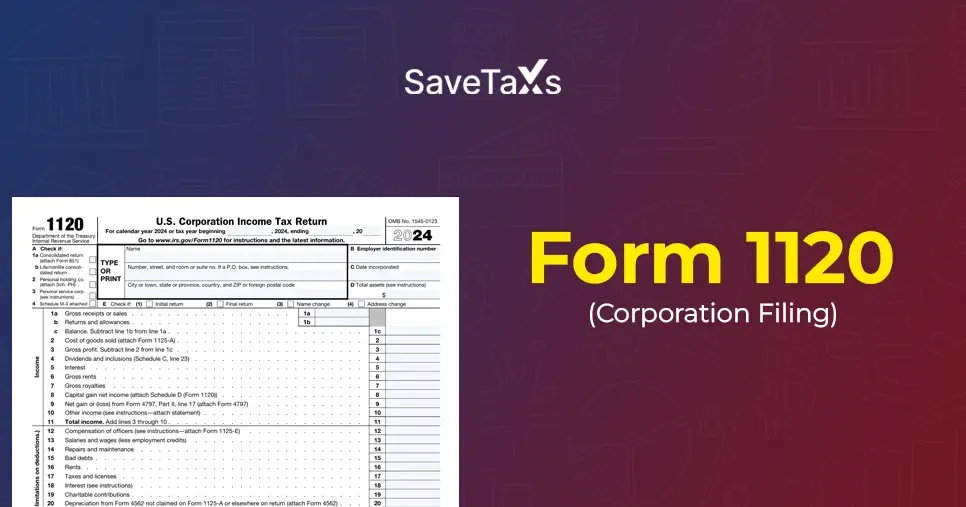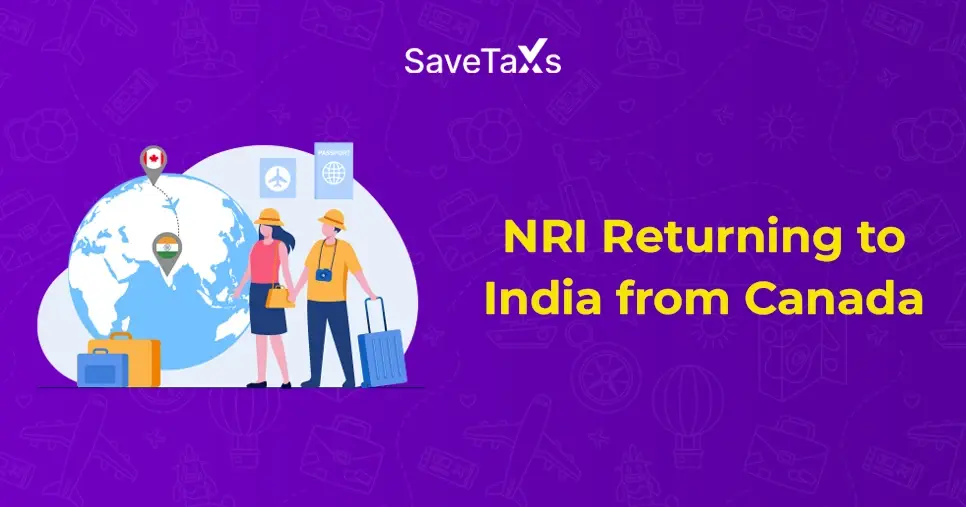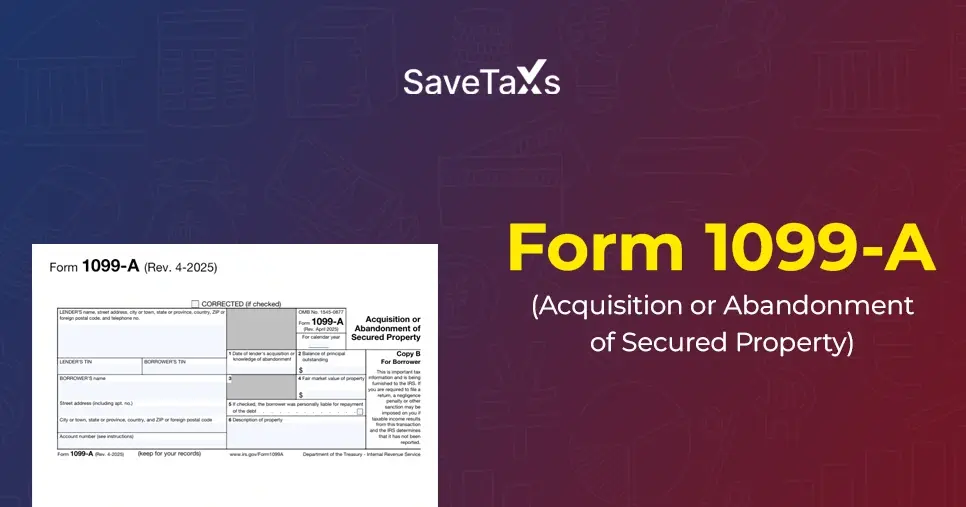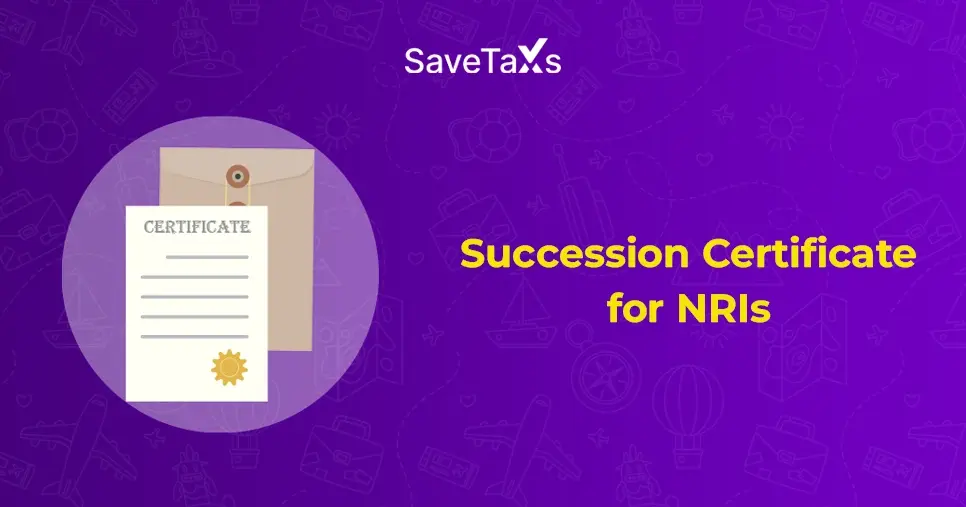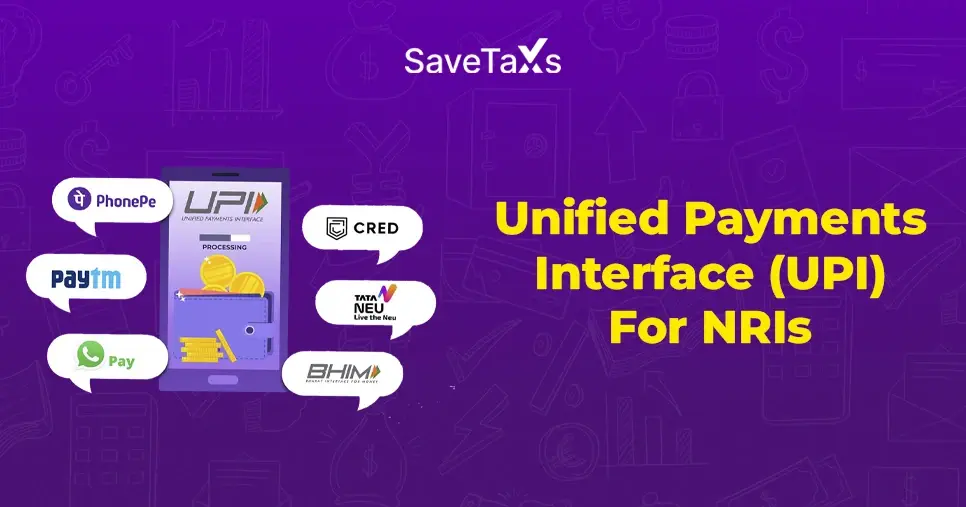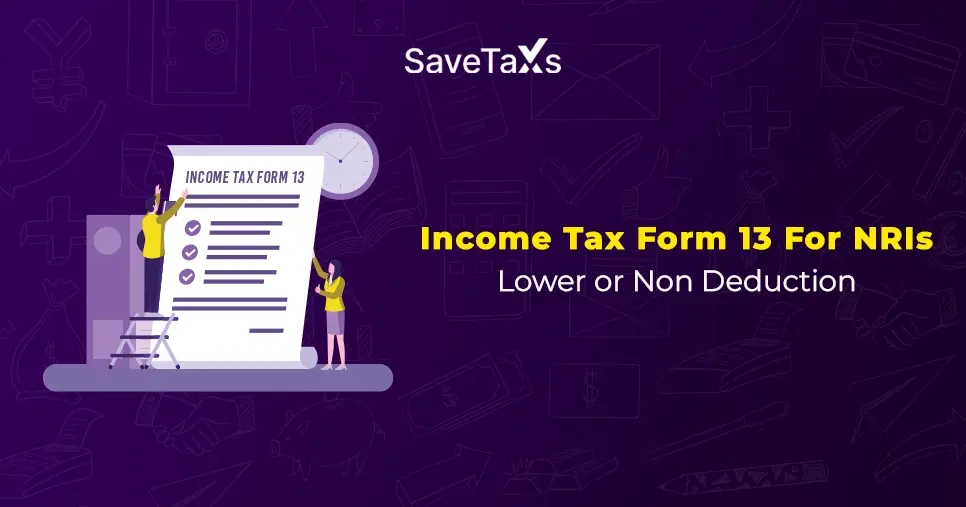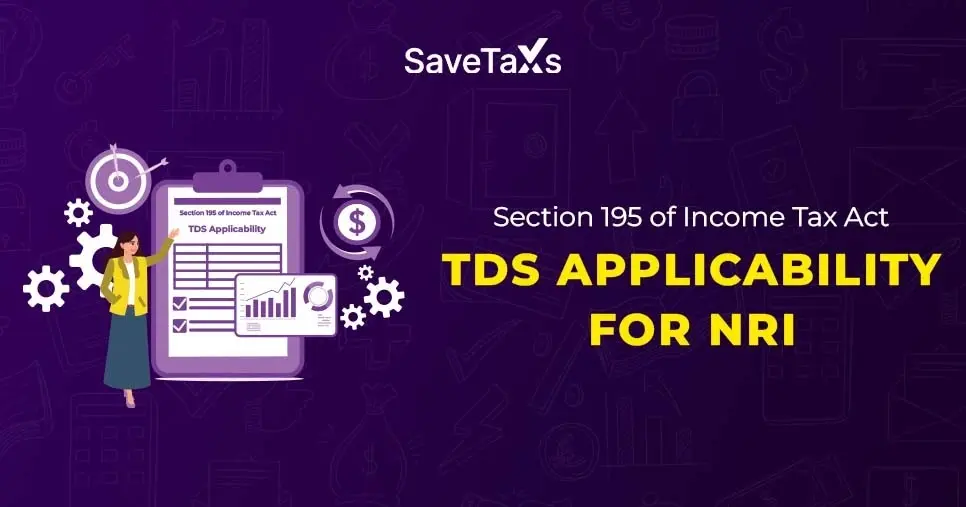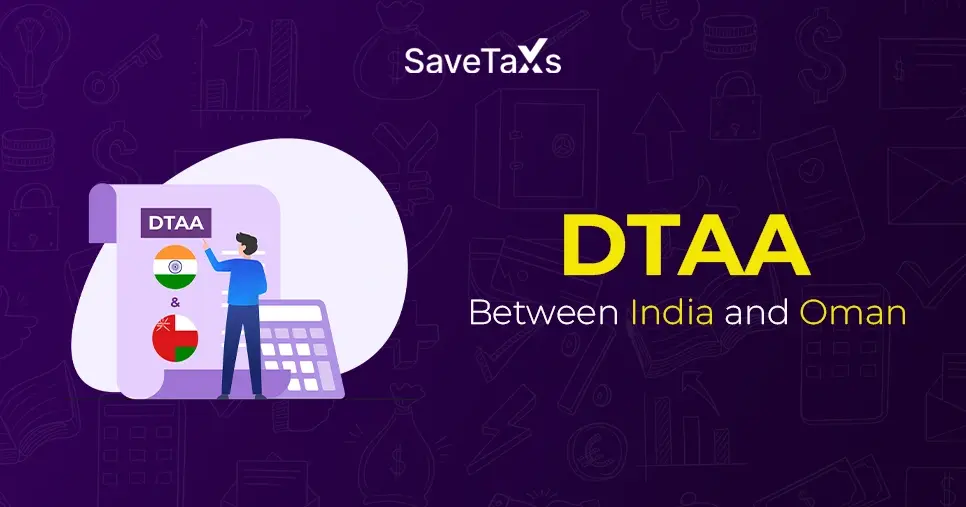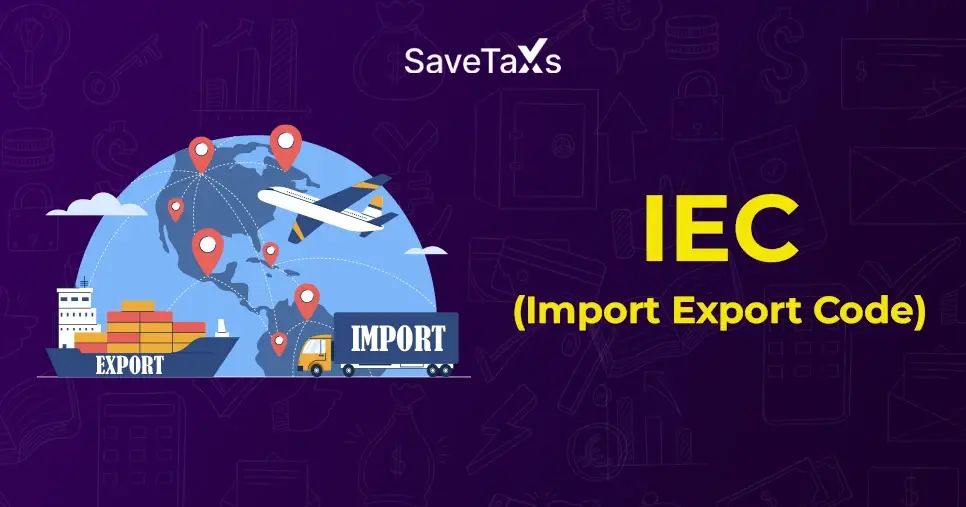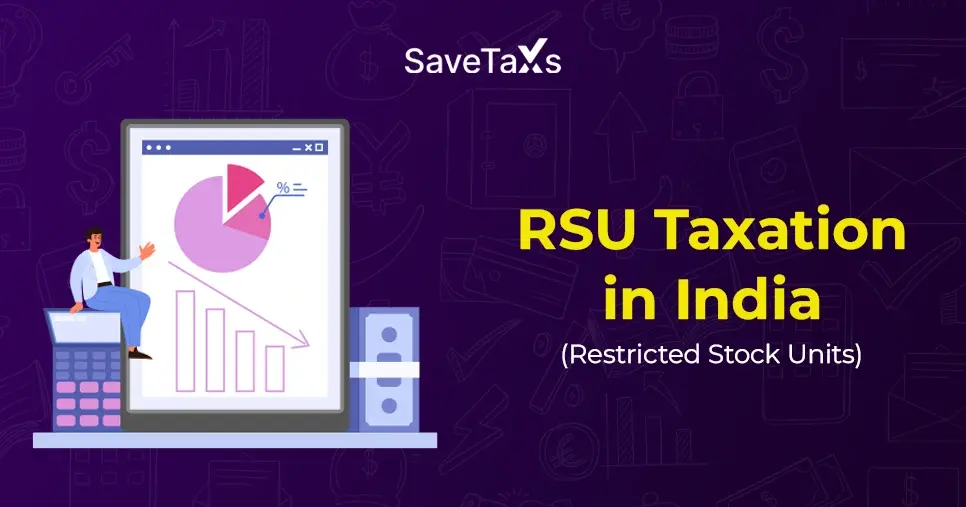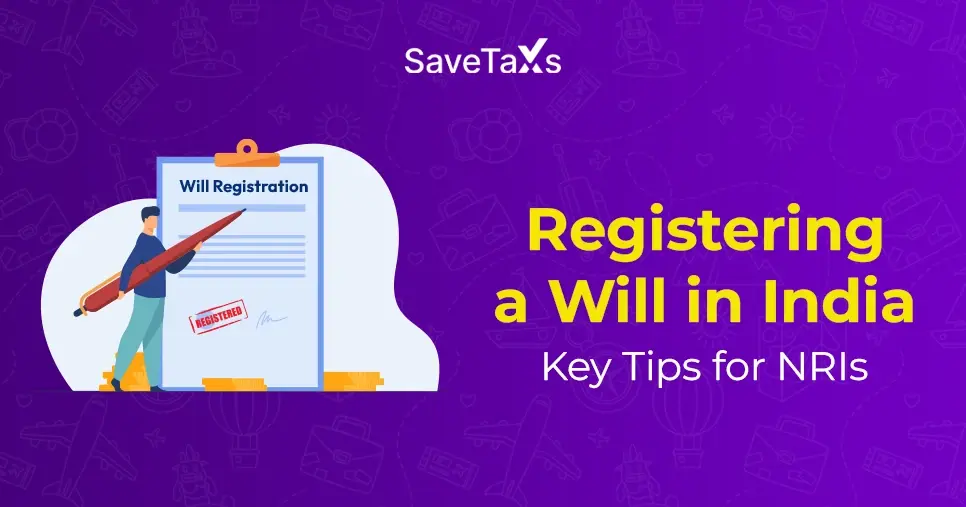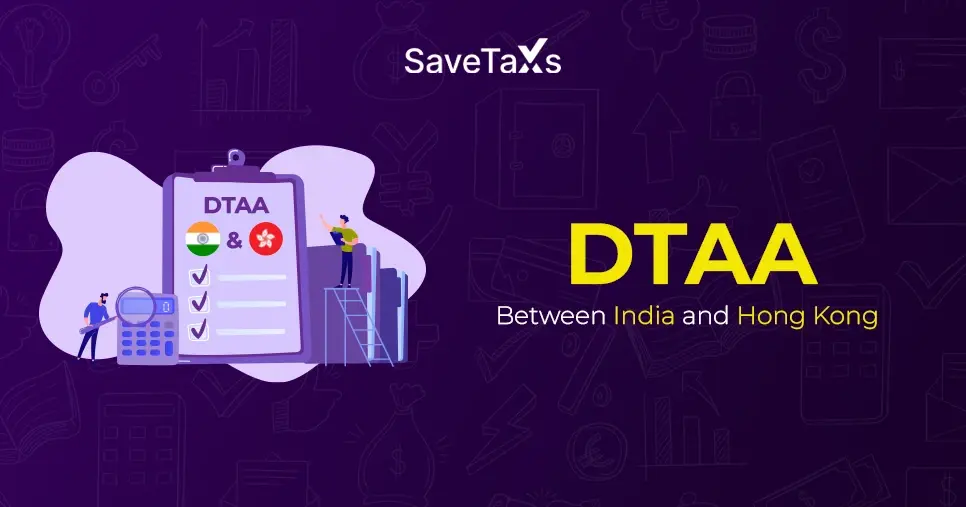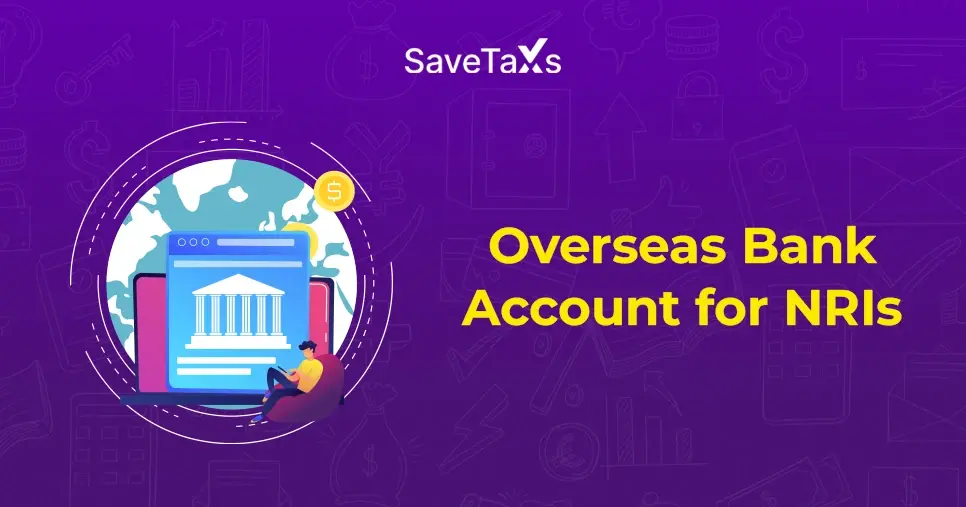Form 1099 and Form W-2 are both commonly used IRS tax forms. The company or the business gives these tax forms to different types of workers, which further specifies how the workers are categorized for tax purposes.
For instance, if you work as an employee for a company, you will get a Form W-2 from your employer. The form will document your salary and tax information for the year. Whereas if you are a self-employed individual, such as an independent contractor or freelancer, you will receive 1099 forms from your clients. These forms will document your tax information and the payments the opposite party made to you.
Although both forms are used to report the income earned in the entire tax year, they both have different use cases. In this blog, we will look at the detailed difference between both, their use cases, who receives which form, and more.
Key Takeaways
- If you are working as an employee for a company, you will receive a W-2 from your employer. Now, if you are a self-employed individual working with a company as a non-compensation employee, you are likely to get 1099 forms.
- For independent contractors, taxes are not generally withheld by the client; hence, the self-employed people are responsible for estimating their taxes and then paying the self-employment tax in addition to their income tax.
- Lastly, you must report all if you are required to file your income tax return, regardless of whether or not you received a 1099 or W-2 form.
Let us see the most obvious and transparent difference between the two forms and what each of the forms actually means.
What is a W-2 Form
Form W-2 is received when you are an employee of a company in the US. The IRS states that the employer must record the employee's salary and tax information and report it to you on a W-2 form.
The form displays the money earned by the employee from the employer during the year, which is then used to calculate the adjusted gross income (AGI). Along with this, the form also showcases the tax withholding for the year, including both the federal tax and state tax returns.
In a nutshell, Form W-2 will provide the employee with a clear understanding of their total earnings for the tax year and the amount of taxes they have already paid to their state and the IRS.
What is a 1099 Form?
One of the most common questions freelancers or other self-employed individuals ask is "What is a 1099 Form?".
Well, Form 1099, documents the income you received as a self-employed individual, such as an independent contractor or other source of income.
Say, if you are a freelancer or own a business, then in such cases, you are likely expected to receive 1099 forms from your clients.
The IRS marks it as mandatory for businesses to issue Form 1099 to self-employed individuals or businesses if they have paid you $600 or more in a tax year.
Now, various types of 1099 forms are used to report different types of income. Depending on through which sources you make money, you may receive a few different variations of Form 1099.
Say, for example, you can get a 1099-K Form, which is used for payments made through settlement entities such as PayPal to document your business transactions.
Ensure that in a case of different 1099 forms, to calculate your total income and AGI, you have to sum up the total of your 1099 forms.
Commonly used type of 1099 forms.
The most commonly used type of 1099 forms is:
1099-NEC: The NEC here refers to non-employee compensation. This form is issued to self-employed individuals who are not working as employees of the company and earning $600 or more. Such self-employed individuals are independent contractors, freelancers, and more.
1099-MISC: This form reports miscellaneous income of $600 or more paid to an outside standard contractor. Such commission includes payments made towards rent, raises, legal fees, and other non-employee payments.
Both forms must be filed with the IRS and, in some cases, with the state or local tax authorities.
In the table mentioned below, we have stated the complete difference between the two tax forms.
| Particular |
Form W-2 |
Form 1099-NEC |
| Who it is issued to |
Form W-2 is issued to the employees on payroll. The copy of the completed form is also sent to the Social Security Administration (SSA). |
1099 Forms are issued to Non-employees. Such individuals are typically independent contractors, freelancers, and others. The copy is also sent to the IRS. |
| Purpose |
The purpose of Form W-2 is to report the taxable income and tax withholding of an employee. |
The purpose of Form 1099-NEC is to list the gross payments made to self-employed individuals. |
| Tax Information Reported |
The information reported in Form W-2 is for federal and state income tax, along with FICA withholding and other withholdings for employee benefits. |
None, generally. |
| Filing Deadline |
January 31 |
January 31 |
| Can the form be provided electronically? |
Yes, if you have the consent of the employee and have given the proper disclosure as stated by the IRS. |
Yes, the form can be provided electronically, as long as the employer sticks to the rules stated by the IRS. |
When it comes to tax withholding, Form 1099 is different from a W-2.
- The payers for 1099 Forms generally do not withhold the taxes.
- As a self-employed individual, you are solely responsible for estimating your own taxes and then paying the self-employment taxes. Self-employment taxes are paid in addition to your income tax.
- If you are a self-employed individual, instead of withholding taxes with each payment, you will generally make the tax payment quarterly, which is based on your estimated annual tax liability.
It is simple to file your tax returns with W-2 and 1099 tax forms. There are instances where an individual receives both forms; however, even in this case, filing the taxes is easy. Compare the income information given on both forms with your financial records to ensure everything is accurate and in the right place.
Ensure that just because you did not receive the tax forms within the due date, it does not mean that you can leave that income source off your tax return. You need to report all your income on the tax return, regardless of whether or not you have received the form.
Understanding both the forms correctly and then filing your taxes according to the forms can be overwhelming at times. That is when you can take the help of a tax expert in the USA. Saveyaxs is one such TX professional that has, by now, helped thousands of US citizens and residents to file their taxes and tax forms accurately.
We offer end-to-end assistance to our clients, meaning right from the start, from hearing about your case to providing you with tailored tax strategies, so your entire process runs smoothly.
Connect with us right away as the tax season's deadlines are quite near.
**Note: This guide is for informational purposes only. The views expressed in this guide are personal and do not constitute the views of Savetaxs. Savetaxs or the author will not be responsible for any direct or indirect loss incurred by the reader for taking any decision based on the information or the contents. It is advisable to consult with either a Chartered Accountant (CA) or a professional Company Secretary (CS) from the Savetaxs team, as they are familiar with the current regulations and help you make accurate decisions and maintain accuracy throughout the whole process.
 India
India
 USA
Tax Consultancy Services
USA
Tax Consultancy Services_1759750925.webp)

